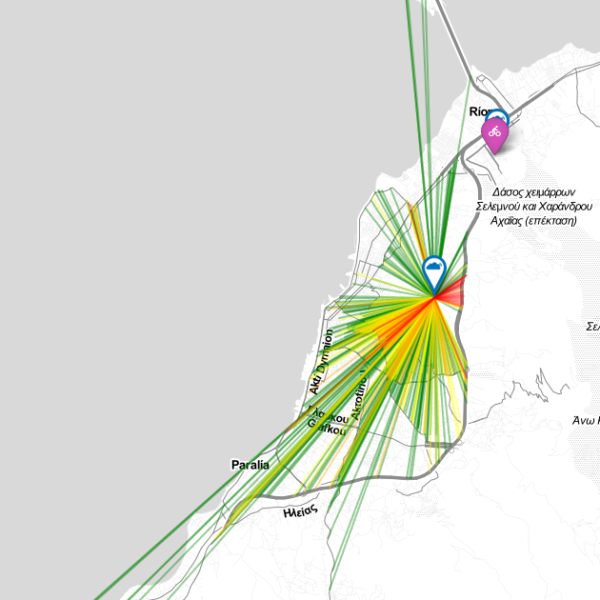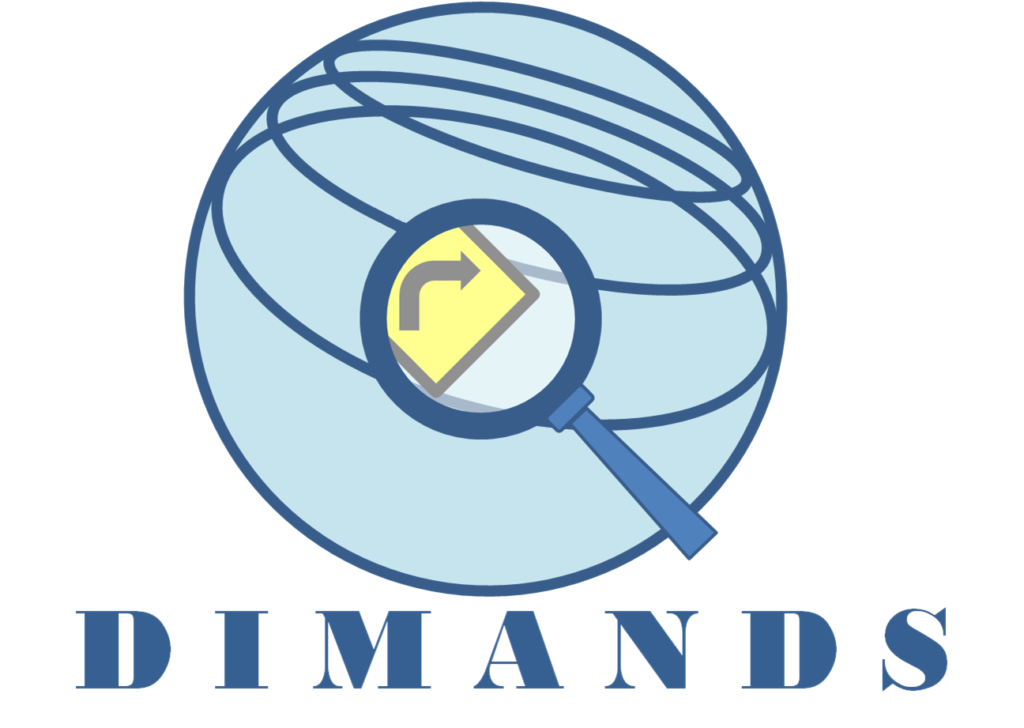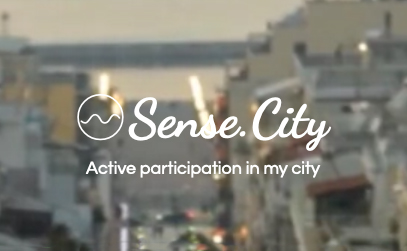5G
Smartcities - IoT
By using the sense.city platform, citizens become the city sensors! With their own communication devices (mobile phones) or via the sense.city application, citizens can post in real time issues and problems for something that happens in their city, inform their fellow citizens and the municipality for problems and incidents that occur every moment.
Citizens actively participate in the processes and solve problems concerning their lives in the city. They help in urban development while improving the relationship between citizens and public services of the city.
Goals
What is happening in the city Citizens are the city sensors! Using own communication devices, through the sense.city mobile application they update their fellow citizens and the municipality of problems and incidents that occur every moment
Urban participation Actively participate in the processes and solve problems concerning your life in the city. Help in urban development and better relationship between citizens and administration services of the city.
Co-creativity The sense.city platform provides the tools to enable citizens, and calls for collective thinking and actions both citizens and administration services.
The Things Network
We are a member of the ThingsNetwork. Our lab started the deployment of LoRa gateways in the wide area of Patras and have started build IoT devices deployed around the city.

Peer to Peer
We focus in the creation of P2P network architectures and systems that are scalable, stable, with high resource utilization and adaptable to underlying network. Now we focus in the creation of a P2P content distribution system. According to the aforementioned requirements our major tasks are:
- An overlay which is the graph for the interconnection of peers
- A scheduler which runs in every peer and ensures the on time and reliable distribution of the content.
- A scalable, dynamic and accurate bandwidth monitoring system that participating peers have.
- A bandwidth control system that handles and the supply of extra bandwidth in cases when peers’ aggregated resources are insufficient to sustain the streaming process
- A peer-to-peer system that is responsible for the storage and query of objects available for streaming.

P2Ner
The UoP P2P client (P2NER) is constructed for transmission of live streaming video and VoD over P2P networks. It is consisted of several modules, which can be configured and tested separately. This architecture provides flexibility in the experimentation of relevant research agenda such as network resource monitoring and management, distributed scheduling algorithms, overlay management, transport and flow control algorithms and protocols, media libraries etc.
Future Internet: Federation of resources
Today, complex applications have a demand for resources, computing power and storage. Cloud computing with the elastic and pay-as-you-go models changed the landscape. Moreover, organizations have resources and infrastructure (i.e. networking devices, gateways, wireless devices) that would like to combine with other resources. However, users are still locked-in by the resource vendors and face the problem of not easily specifying and operating scenarios involving resources by many resource providers. Either you would like to deploy a complex application over such a rich infrastructure, or you would like to just test you application in such a complex environment, you need to federate resources. Still users need ways to define complex deployments without knowing the underlying details.
FSToolkit


Federation Computing Interface - FCI
FCI is heavily used withing FSToolkit to access the resource brokering services during provisioning and operation. [ Learn more ]

Resource Description Language

Cloud Computing
Cloud computing means that instead of all the computer hardware and software you’re using sitting on your desktop, or somewhere inside your organixzation’s network, it’s provided for you as a service by another organization and accessed over the Internet, usually in a completely seamless way. Exactly where the hardware and software is located and how it all works doesn’t matter to you, the user—it’s just somewhere up in the nebulous “cloud” that the Internet represents.

CloudVille testbed
Modeling and control of distributed web services
Web services moved gradually from the “server-client” model to more distributed architecture and nowadays they are mostly deployed on cloud computing platforms, which exploit the benefits of virtualization technology (Virtual Machines VM). Meeting their QoS requirements is a challenging research problem. We mainly focus on the following issues:
- Accurate modeling of the dynamic behavior of distributed web services under highly variant workload conditions.
- Design of efficient controllers that satisfy specific Service Level Objectives (SLOs), such as average response time and energy consumption. Our controller consists of a resource allocation scheme, which shares computational resources (CPU, Memory, Disk I/O and Network) among several VMs, in combination with an admission controller that can reject a small portion of incoming requests in order to guarantee SLO target values.
- Precise prediction of the dynamic incoming workload.
- Development of a monitoring system, which provides all the necessary information for the modeling and control of the web applications.

Software Defined Networking
Software-Defined Networking or SDN is a relevant new term for an older paradigm of programmable networks. In summary SDN refers to the ability of writing applications to program the behavior of the network and the network devices. [ Learn more ]
Ongoing projects under the SDN research activites are the following:
Open Distributed Network Element
OpenFlow testbed

IMS: Our IP-Multimedia Subsystem
The IP-Multimedia Subsystem (IMS) defines the functional architecture for a managed IP-based network.Under Vital++ project and our p2p research our IMS testbed was heavily used.
IMS testbed
- Connected with the PSTN network.
- Connected with external IMS Systems.
- Supports simultaneously multiple communication scenarios e.g. videoconference among 3 or more parties, under a variety of network setups.
- Connected to the Internet through the Greek University Networks, enjoying speeds up to 1 Gbps
Social Networks
In the context of exploration of social network APIs and applications, the following projects where created:
Social Network Aggregator
Facebook Privacy Wall
Diploma thesis of undergraduate student Eleni Papanikolopoulou
Identity Management - Need for a global discovery mechanism
Identity management stands as one of most complex problems towards the unification of diverse network technologies and the creation of the so called “Future Internet”. A unified solution capable of supporting the identity management problems for every case, has not yet been proposed. Nearly all existing solutions claim that they are capable of expanding and be operational in a global scale, however, this is valid only if specific requirements are met. Their applicability highly depends on proprietary features like the use of specific global identity formats (e.g. Open-ID, VID, XID) and protocols (e.g. SAML), while their scope is confined in closed trusted groups (Federations) with statically defined procedures and mechanisms.
DIMANDS




